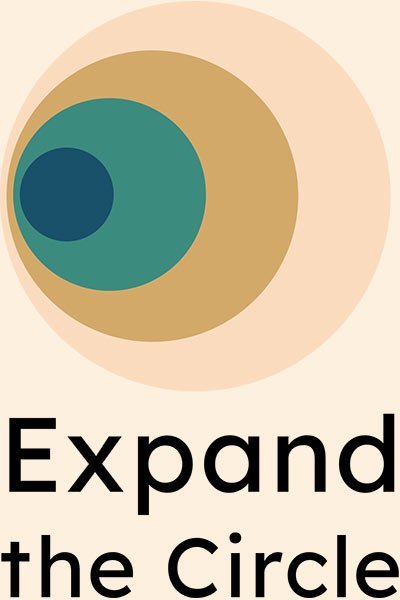Reflections on becoming an Autistic Coach - Part 2
This is part 2 of a series of three essays on my becoming an Autistic Coach. These essays were written in January 2021. At that time, I was three months into my formal coaching training (Masters degree in Applied Positive Psychology and Coaching Psychology at UEL) and nearing a two-year anniversary of receiving my autism diagnosis.
I’ve decided to share these essays to demonstrate my own commitment to reflecting on and developing my own practice to my coaching clients in a transparent way. I also hope that it’s of benefit to other neurodivergent coaches and neurodivergent people who are thinking of becoming coaches themselves.
Note: I try to keep my articles accessible by using simple language when I can. This is an exception; this article is a blend of self-reflection and academic writing.
Becoming comfortable with what cannot be seen
Help, I don’t know how to work with a client’s metaphor!
Using language that the client can relate to helps establish rapport (EMCC Competence 4: Building the Relationship) and may facilitate the creation of new ideas (EMCC Competence 5: Enabling Insight and Learning). Client K, who asked to be coached on her identity in the process of becoming a coach, used rich and metaphorical language. For example, she described the overarching goal for the coaching sessions as building a bridge over the valley. Despite my own use of metaphors as a coaching client, I felt apprehensive about engaging with metaphors that my clients created, because I could not picture them in my own mind.
Initially, I thought that my inability to imagine Client K’s metaphor meant that our relationship could not be successful. This is because I was unable to see that the issue was with my own fear of working with what I could not visualise and comprehend, and not the coach-client relationship. I was made aware of it in a coaching supervision session and left the session with two tasks:
Apply Clean Language (Sullivan & Rees, 2008) as a tool when working with the client’s metaphor
Reflect further on the function of metaphors in coaching.
Reflection on my experience and practice
Using Clean Language had a profound effect on my coaching practice. For example, Client K brought to a later session a topic of accepting and transforming the shadows that are holding her back from becoming the coach she wants to be. Applying Clean Language throughout the session enabled me to facilitate the client’s learning within the context of the metaphor, despite not fully comprehending the metaphor myself. As to the client outcomes, the first Clean Language question that I asked (“What would the shadows like to have happen?”) generated strong emotions in the client. I viewed this as a positive result, as emotions in coaching are thought to play a key role in transformative learning (Cox, 2016, p. 280). Client K left the session visibly transformed, with a beam on her face and a solution expressed as a new metaphor (“Laughter is the fuel that changes shadows in the birds”).
[An important side note: unknowingly to me or the client at the time, the client has since received an ADHD diagnosis so I was coaching a fellow neurokin albeit with a very different neurodivergent profile].
This insight led the client to realise that laughter and playfulness were part of her identity as a coach. It is possible that the visualisation, richness or concreteness of the client’s metaphor contributed to a more memorable insight (Inglese & Rigotti, 2011). Another probable explanation for this is that the transformation that occurred within the client’s metaphorical world enabled the client to make changes in the real world (Sullivan & Rees, 2008, p. 91).
Implication for my future practice
For me, the important learning was the impact that coaching supervision had on my resourcefulness and self-belief, and ultimately on client outcomes. The emotional and practical support I received, including Clean Language as a tool for exploring metaphors, increased my confidence in my own approach as a coach, which was found to have a substantial impact coaching success (McKenna & Davis, 2009; de Haan, 2008).
Having analysed my experience, I now have a better understanding of the ways in which coaching supervision can support my development as a coach through the seven eyes of supervision (Hawkins et al., 2012), and in turn add value to my clients’ lives. In addition, I have realised that I can be an effective coach despite the fear of working with what I do not fully comprehend. I am now able to accept that everyone has their own view of the world, created by the sum of individual experiences (Bisson, 2017). Metaphorically speaking, you do not have to understand the inner workings of a car to be able to drive it.
About the Author:
Alicja Nocon is the founder of Expand the Circle. Her mission is to empower late-diagnosed neurodivergent adults to contribute in the workplace on their own terms and for it to make business sense.
Alicja offers coaching and mentoring for neurodivergent adults and neurodivergent employees with autism or ADHD, neurodiversity training for organisations and enjoys speaking at panels and other events.
Related topics:


